News
14 Sep 2021
ULA Group turns 30!
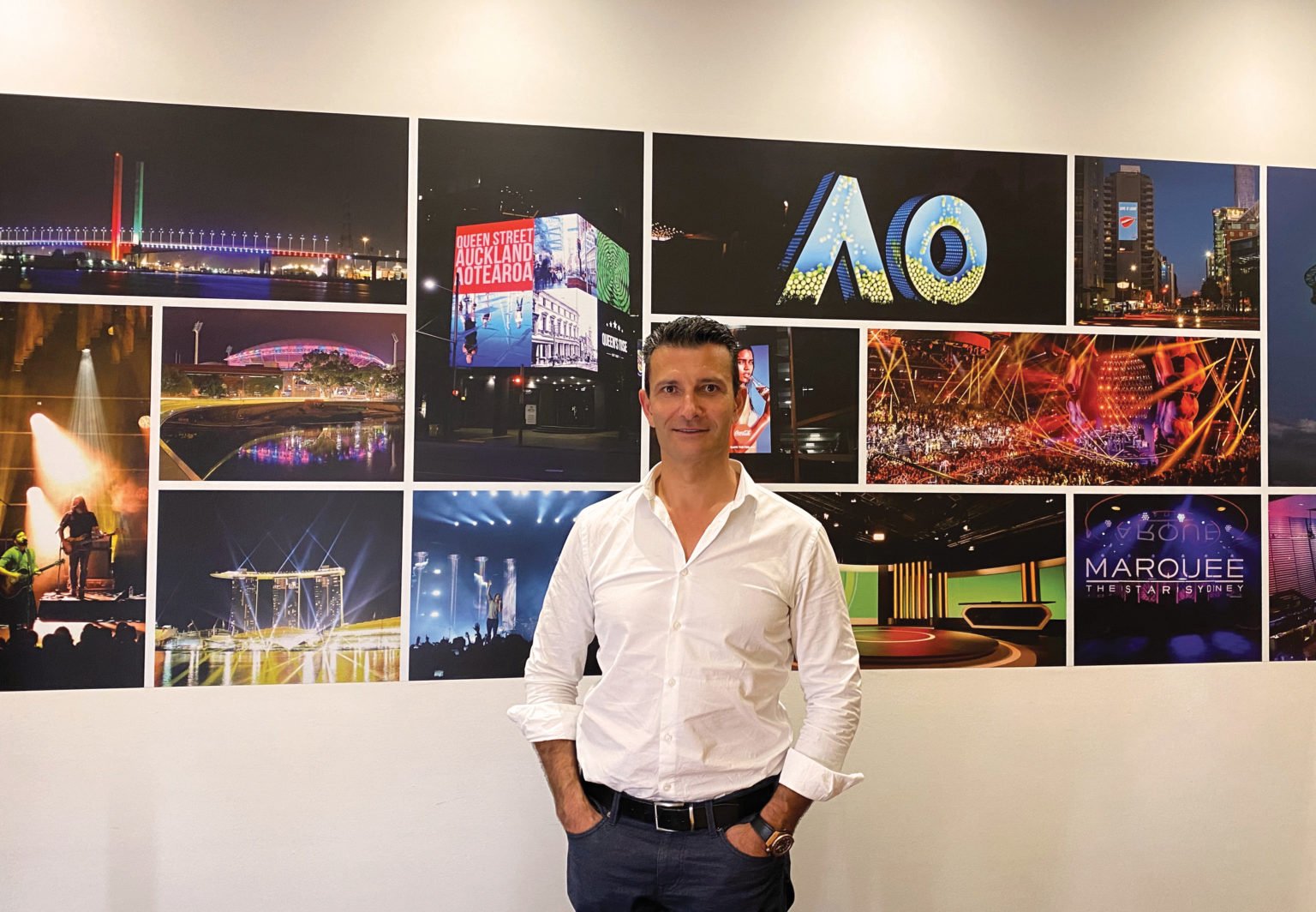
Subscribe to CX E-News
(Lead Pic : ULA’s Cuono ‘Con’ Biviano)
Australian and international success story, importer, distributor, and manufacturer ULA Group are celebrating their 30th birthday this September.
From making speakers and disco lightboxes in his Mum and Dad’s garage to manufacturing in Europe and China and selling LED screens in 100 countries, Managing Director and CEO Cuono ‘Con’ Biviano continues to ride the wave of technical innovation in lighting and LED, as he has since the 1980s. I sat down with Con (over Zoom, unfortunately), and from his Queensland HQ, we talked history, business, ups, downs, and the golden era of disco lighting…
Con, I’ve had some informers tell me that you started your career as a DJ in Melbourne. Is that accurate?
Ha! Almost. At school, I took up an elective subject in radio announcing. I ended up on 3CR in Collingwood, doing the dusk ‘til dawn slot. It came out of a love for music in my family; my cousins were DJing at the Veneto Club in Bulleen, and I got involved sourcing music from local record stores. After 3CR, I worked at 3RRR on the Pulsation Club Show on a Friday night. I started getting music in from Tower Records in New York, many outlets throughout Europe, and from Central Station Records. I actually ended up opening the Central Station franchise on the Gold Coast.
Pulsation Club Show was so popular in Melbourne that we got invited to DJ school discos; this was from 1985 to 1987. I then saw an opportunity, and rented venues and equipment, organised fashion shows, and created our own dance parties. I started building gear in my garage, dipping lightbulbs in Rosco Colorine. Loving lights and sound, I took a course at SAE in St Kilda, then started studying electrical engineering at RMIT when I was 18.
I started my rental business from home in 1986, before I set up my first premises in Reservoir in 1987. We were called Audio World, and serviced the pro disco and DJ markets. I did a deal with Electro-Voice and brought in SH-1512 and DeltaMax loudspeaker systems. We’d hire out and sell DJ consoles we’d custom built, along with Technics desks, Jamo mixers, and Citronic gear. We’d also import lighting from leading Italian manufacturers.
How did you first get into importing gear?
My first import was from a company called Superstar out of Taiwan. A friend worked at a large packaging company and I got her to use her Telex to look them up, as I’d seen their catalogues. I was 17 years old, and my first order was $10,000 for a whole 20 ft container full of their lighting gear. You can’t even get the container for that anymore! By this stage, I was set up at the shop in Reservoir. The container came, and we unloaded it. I plugged in a couple of lights and a smoke machine. The smoke machine melted and the lights blew up. All the gear was 100-120V! One of my DJs, Mario Lepore said “Don’t worry, Con, we can fix this.” We put in new motors, new bearings, new transformers that were wound locally, rebuilt most of the gear, and put it into rental.
Northern Italy was the birthplace of modern lighting, and you have extensive connections to the manufacturers there. What’s the history behind that?
The big tradeshow for lighting back in the late 80s was the SIB Fiera in Rimini. It was organised by the SILB, which translates as the Italian Dancehall Owners Syndicate. The whole show was catering to the nightclub and disco market. This was the golden era of club lighting, and the show was mad. Rimini was known for having the best nightclubs in Italy, and the manufacturer’s stands were monstrous. Everyone at the show was dressed for the clubs, and there were people walking the floor still going from the night before. It was a crazy era. (Editor’s note – there’s some footage on YouTube of SIB in the early 90s. Wow. It’s hard to imagine it taking place today. You have been warned.) The stands had the biggest sound systems belting out the biggest bottom end you could imagine. It fired you up; if the passion for the industry ran through your blood, you had no choice!
The SGM stand was bigger than Ben Hur, and if you got yourself into the Claypaky light show, you counted yourself lucky because the line to get in was 100 deep. In those days, you weren’t there to fight for agencies, you were there to immerse yourself in the latest and greatest technology, theming, and next new advancements in the entertainment world. You were just engulfed in the surroundings and then, organically, a relationship would spark with a new supplier.
The Italian government would help bring over delegations, and there were always a few Australians. The manufacturers would ask about my background, and I’d say “I’m from Lipari, Sicily”. “Tu parli Italiano?” “Si!” You’d click, talk about their relatives that had come to Australia, and you’d start cementing relationships.
I started dealing with Griven in 1989. It’s the Italian brand I’ve dealt with the longest. The majority of those Northern Italian manufacturers did theatre and club lighting, and they were all within a street or two of each other in Castel Goffredo, in the province of Mantova. It was like one big family.
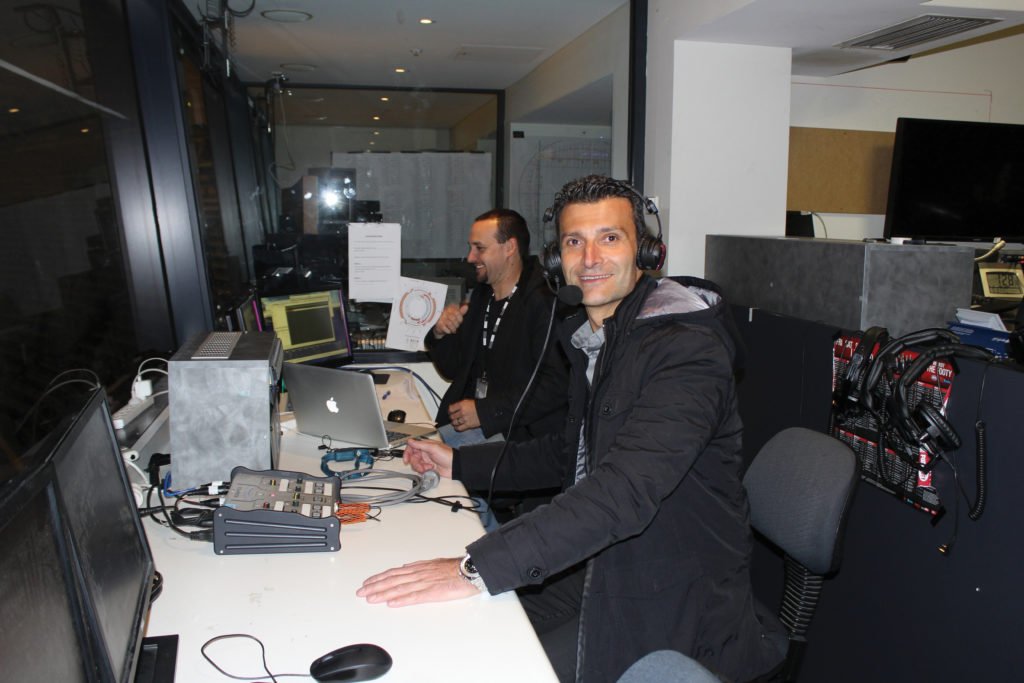
Con Biviano at Etihad Stadium control room, seeing VuePix Infiled screens in action (2013) 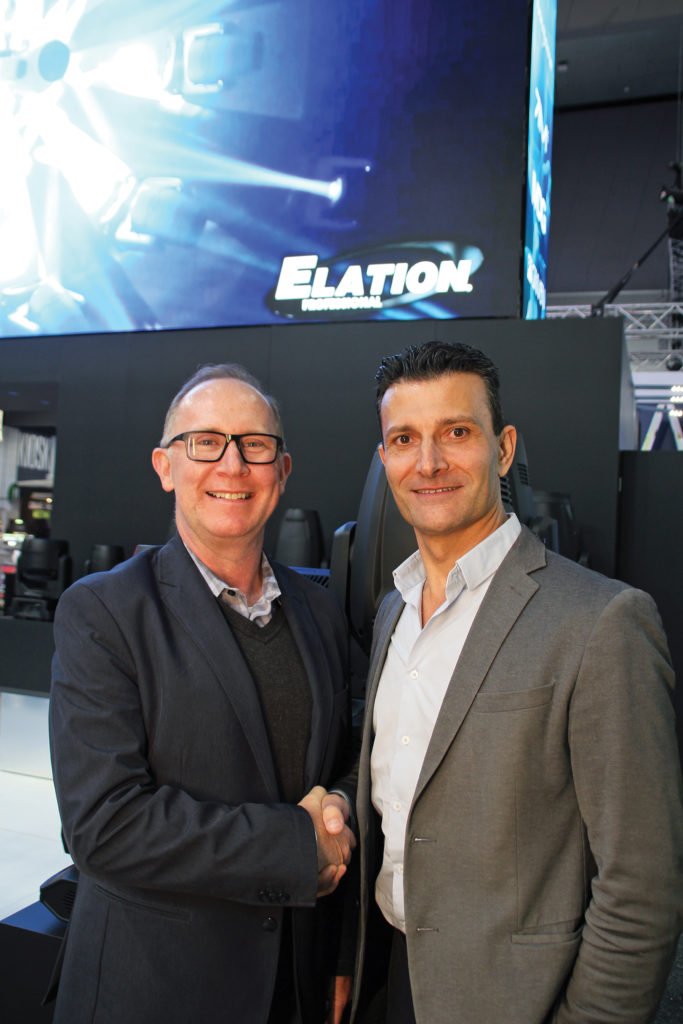
Con Biviano with Eric Loader (Director of Sales & Marketing, Elation Professional) 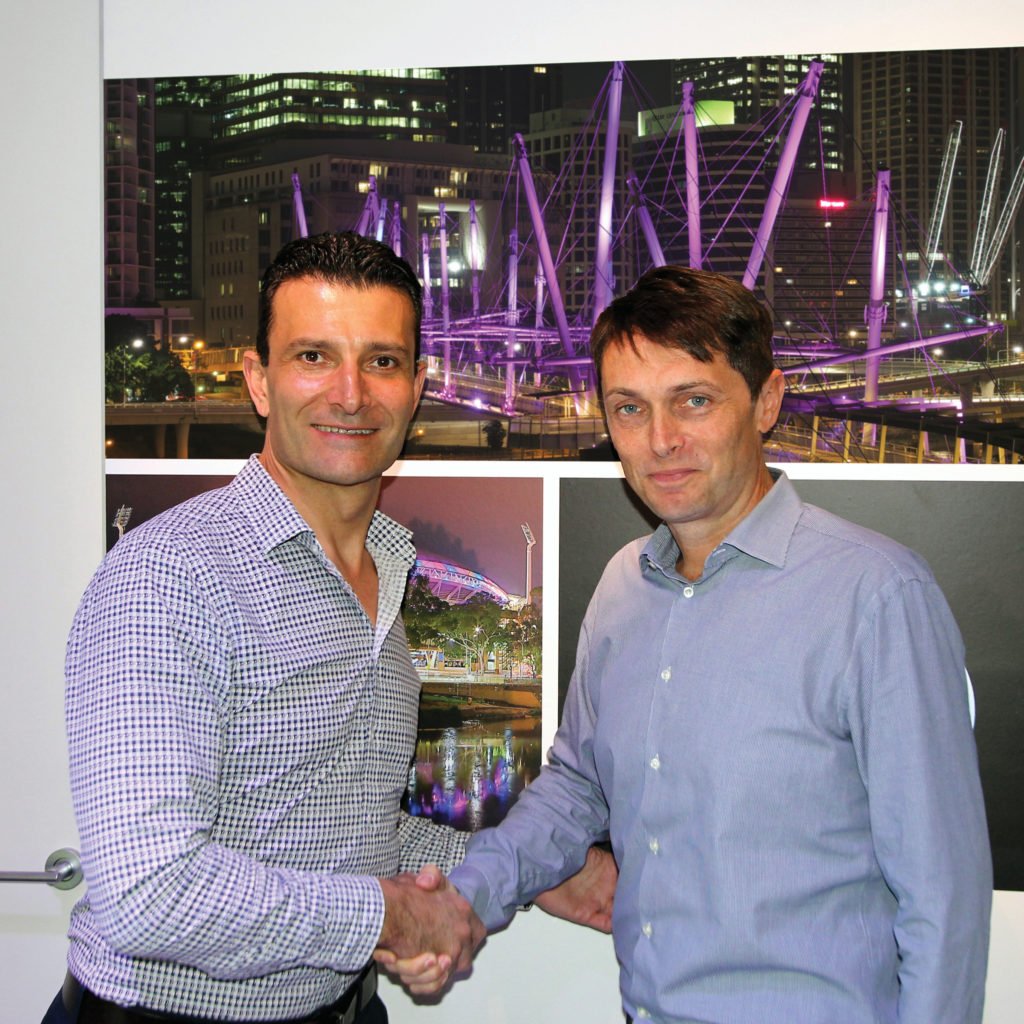
Con Biviano with Danilo Bettinazzi (Director of Sales & Marketing, Griven) 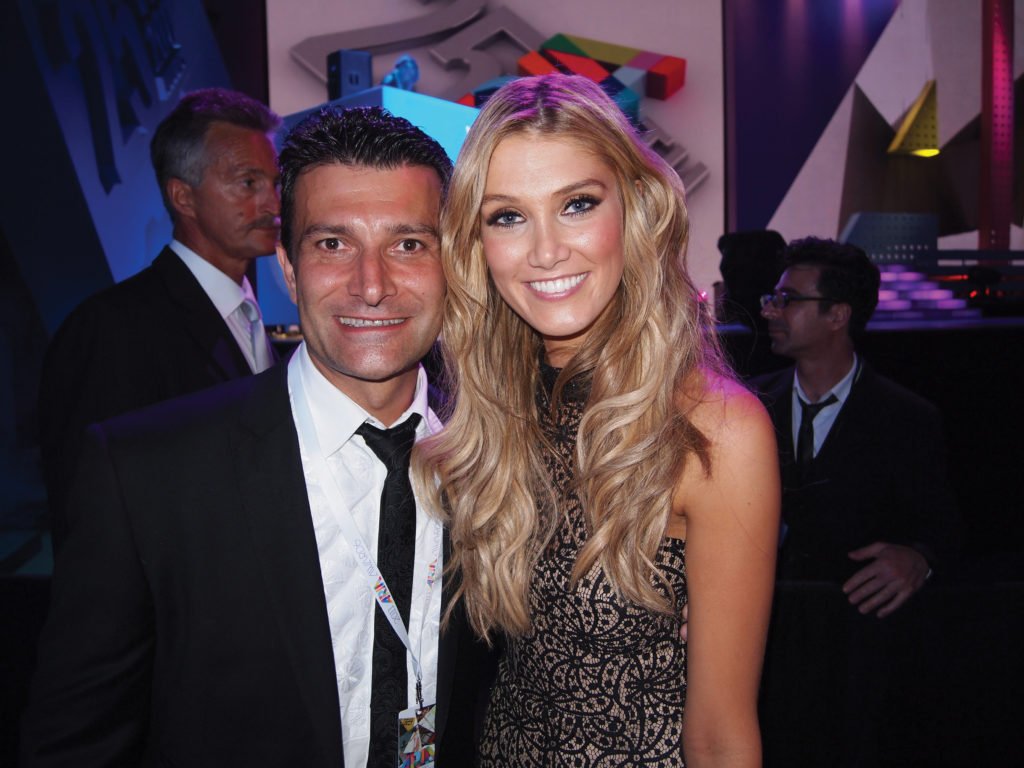
Con Biviano with Delta Goodrem at ARIA Awards 2011 – VuePix Infiled supplied LED screens with TDC 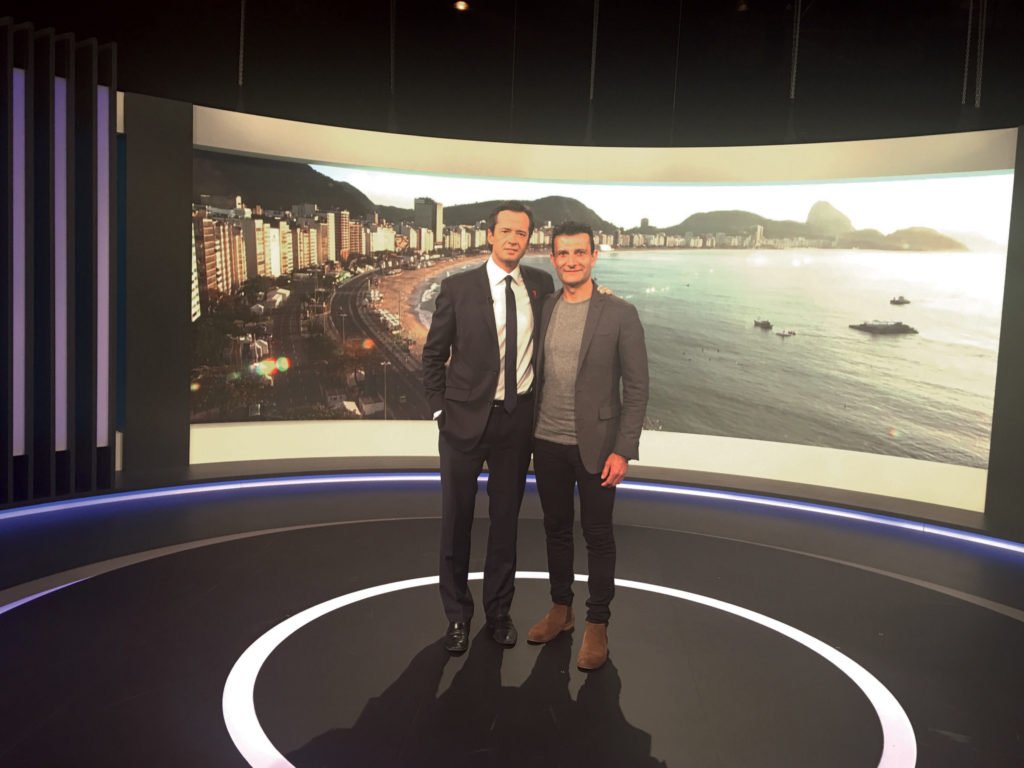
Con Biviano with Hamish McLachlan at Channel 7 Rio 2016 Olympic Studio, with VuePix Infiled screen in the background
Things have changed a lot in the import and distribution business since then. When did Australia become a much more mature and structured market?
The changes really came into effect between 1992 and 1995. I started ULA in 1991, and I remember going to PLASA in London in 1993 and all the manufacturers had started wising up. They wanted structure and distribution. It got fairly serious quickly, but was still all about the relationships and having fun. I think one of the pivotal events was when Martin Lighting’s founder Peter Johansen sold it. He’d built it into a monster, and then large corporations, private equity, and investment houses got wind there was money to be made.
When did you relocate from Melbourne to The Gold Coast?
I moved to The Gold Coast in 1992 not long after I married. Melbourne was going through a recession, and my wife couldn’t get decent work. There were work opportunities for her in Queensland, and ULA had been selling a lot into installs, venues, and theme parks. My parents had also semi-retired here. The Melbourne operation remained with both Audio World and ULA, before I sold Audio World to one of its customers in 1993.
You were one of the first companies in our industry to take advantage of the huge expansion of manufacturing in China. How did that start out?
The first time I went to China was in 1989, to Xiamen to see King Long Light, after visiting Acme in Taiwan. You could see China was going to be the next big thing. I started importing from China as well as having my own custom-made products produced there.
I continued to grow the supply of product and manufacturing in China as well as in Europe, in the LED lighting technology space. And then as the years progressed and video projection started playing in the traditional lighting world, I envisaged that LED screens would be the future. I explored LED suppliers, and that is when I met my ‘brother from another mother’ Michael Hao, who was the GM of one of them. We hit it off, then a few years later in 2005, VuePix Infiled, our LED video company, was born.
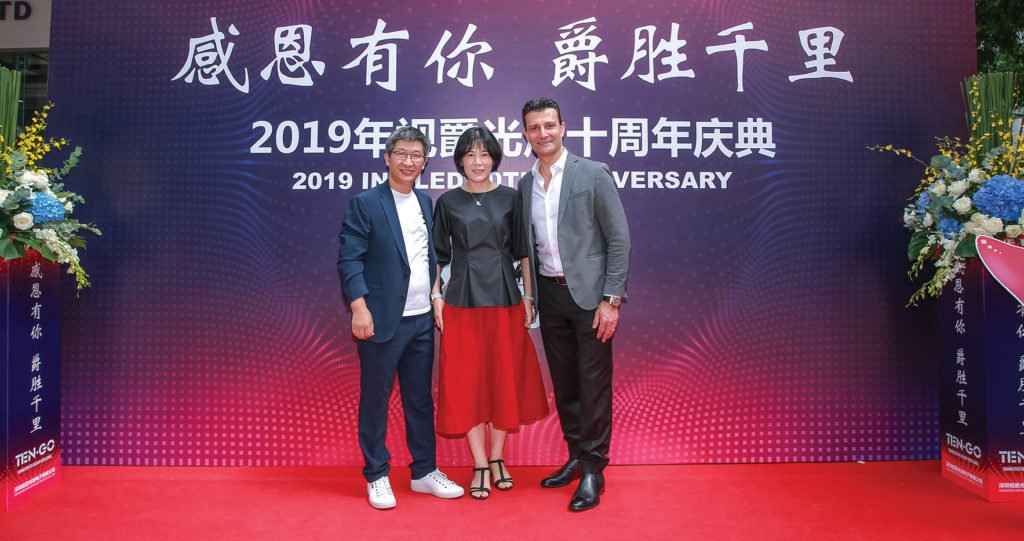
The first VuePix Infiled panels I showed at the ENTECH tradeshow in Sydney. Michael Hassett, managing director of TDC, came and had a look, and said “If they pass our performance test, we’re on.” Our first LED screens subsequently ended up on Australian Idol.
It was a really interesting start; we had to learn a lot about LED and video, and how to manufacture the product to be Australia-friendly. We started out with a P25 mesh, with 25mm pixel pitch. When we started the VuePix factory, we had two orders, one for the Rugby World Cup in South Africa, and one for TDC. It started with 20 people and got up to 1,100 at its peak.
Another of your well-known diversifications has been into the architectural lighting world.
We were doing installs into clubs and pubs back in the late 80s, and then the owners would want to light the outside of the building. A PAR 38 dipped in paint just wasn’t cutting it. I started growing our range of architectural lighting products, which led me to manufacturing custom products in the UK and then eventually launching the Anolis brand in 2005, which we were manufacturing in the Czech Republic.
Both the architectural lighting and digital LED screen business are very important to ULA Group. As I travelled the world, establishing the global network and looking at markets and what they were doing, it naturally educated me. The first step is knowing your product technically, then selling and supporting it.
When Singapore’s Marina Bay Sands was in development, we got the phone call. “The designers of Marina Bay Sands don’t believe that the exterior can be lit with LED. Con, can you do it?” I grabbed one of my tech guys and some fixtures, we jumped on a plane to Singapore, demoed the light onto the side of a building, and the rest was history. We went on to do the whole project with Laservision. That has really made me proud. This is the guy who was dipping lightbulbs in his garage, now lighting up Marina Bay Sands.
We’ve done a lot of iconic projects over the years. In Melbourne, there’s the Bolte Bridge, The Melbourne International Gateway (a.k.a The Cheese Sticks), and Etihad Stadium. We’ve got product on the Burj Khalifa in Dubai, and throughout Europe and the USA. Projects like Brisbane Town Hall are particularly touching for me at Christmas, when I love seeing the kids react to it changing colours. The refurbishment of Brisbane’s Gateway Bridge in 2010, with 100,000 LEDs totalling 3.6km in length, was the biggest job we had done at the time. After it was commissioned, I was flying into Brisbane, so I asked the pilot to approach on an angle so I could take photos. He made a PA announcement about the lights on the bridge. His words were “Ladies and gentlemen, don’t be alarmed that we are going slightly sideways, I have a man behind the colour changing lights on the bridge on board, who wants to take a photo,” which was highly embarrassing, but honestly, a bit of a career highlight for me!
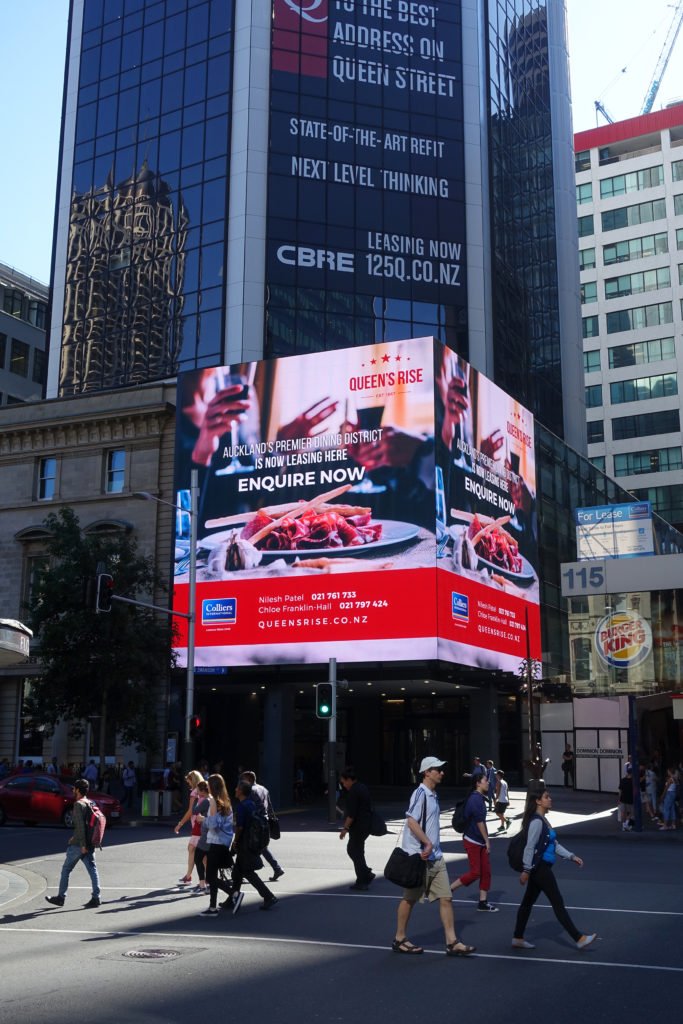
Queens Rise, NZ 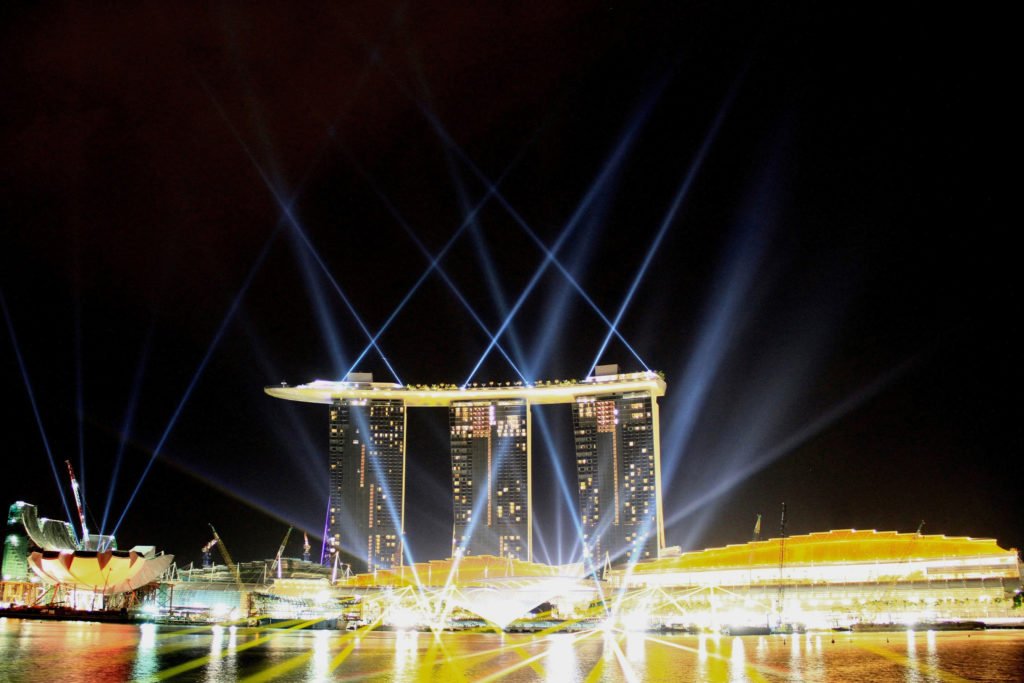
Marina Bay Sands, Singapore 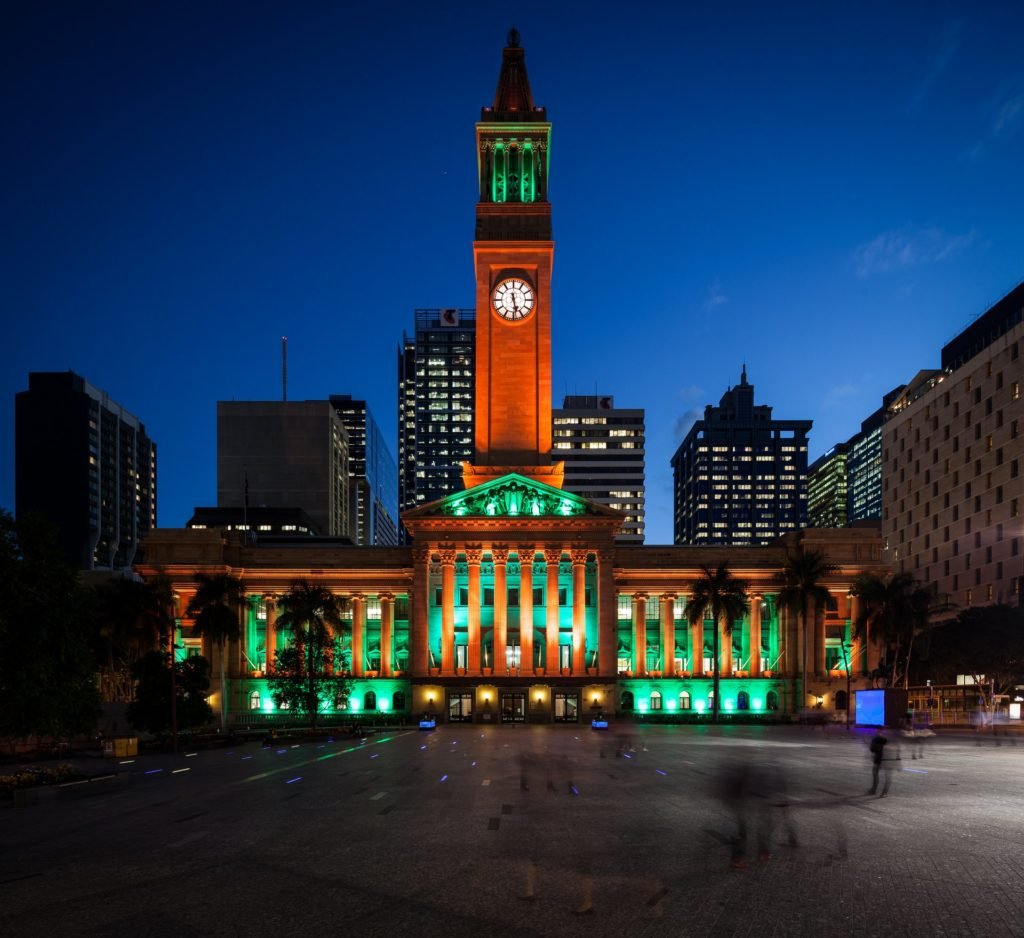
Brisbane Town Hall 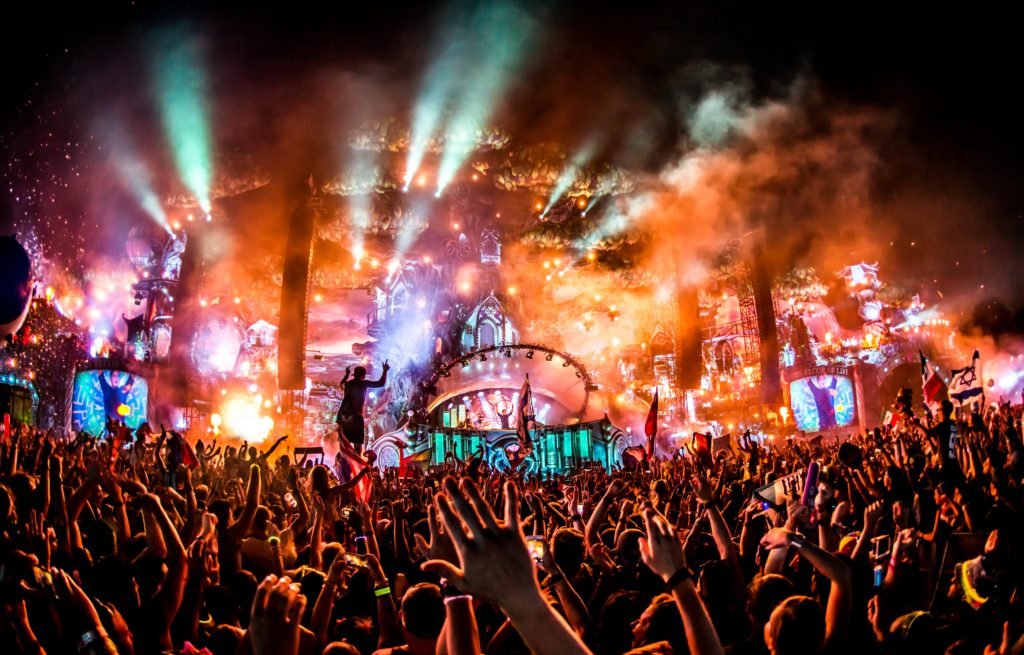
Tomorowland
After 30 years of ULA Group, what does success look like for you?
Success comes in a lot of different forms. One of our greatest successes is that we still have many of the same clients and relationships we started with. They’ve grown, we’ve grown, and it’s an amazing thing to still have them as part of our life. Whether they spent a dollar or they spent a million, they have been part of the success and a part of the ULA family, and I don’t forget that.
Another measure of our success is growth. ULA started with two people and very quickly expanded to five, then 30. Now we are over 650, and we’re selling in over 100 countries. Looking back, my long-term goal and vision was to manufacture and globally distribute product within this industry. And I have done that successfully.
I travel the world and see our product on iconic buildings. We have screens in Times Square, at NASA in Florida, at the New York Stock Exchange, and Facebook HQ in California. I’ve seen our screens at the Soccer World Cup and wrapped around the Eiffel Tower. Railway platforms in New Zealand have our LED info kiosks, Flinders Street Station in Melbourne has our screens telling you when your train’s coming, and we have our screens at many airports around the world. The huge Belgian EDM festival Tomorrowland has five and half thousand square metres of our LED screens. And there are so many more.
Success also comes from diversification. Whether it’s our Astera product into the film industry, UVC disinfection products into healthcare, our LED screens on a motorway, or moving lights on a show, when one market is down, another will be up. We’re a large country with a small population. It’s easy to focus on one thing and hard to diversify, but in a country of 25 million you can’t afford to do that. If you’ve got technology that can go into multiple markets, look for them, and make sure you’ve got the expertise to understand each sector, or you will fail miserably.
But the key to success for ULA Group is our philosophy that people and relationships always come first, and without them, there is no business. I would like to sincerely thank all my devoted team for their hard work over the years, to my manufacturing partners and suppliers for supporting me with my sometimes crazy ideas, and to all our loyal clients here and around the world who put their trust into our products and value our relationship. We are proud to be a key part of these global networks, supplying state of the art technology to create spectacular and unique projects around the globe.
Subscribe
Published monthly since 1991, our famous AV industry magazine is free for download or pay for print. Subscribers also receive CX News, our free weekly email with the latest industry news and jobs.




